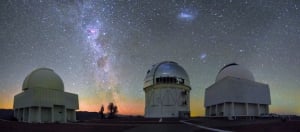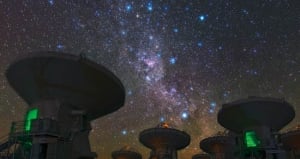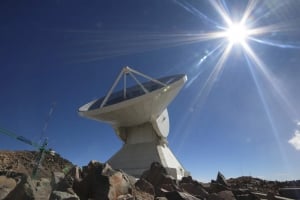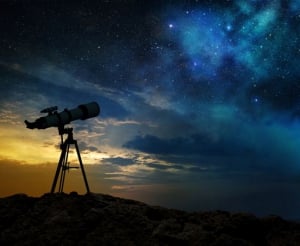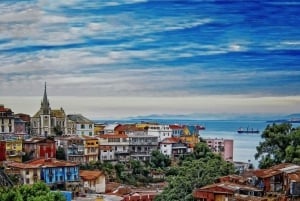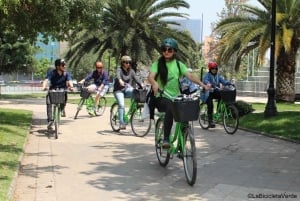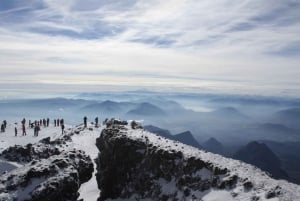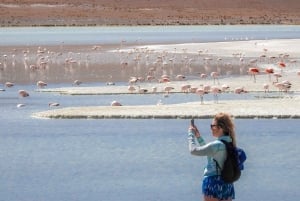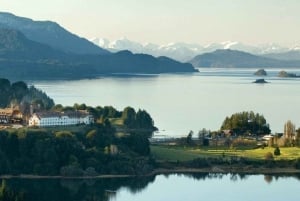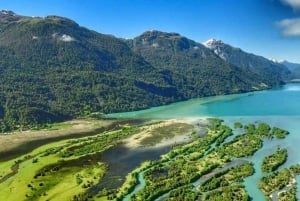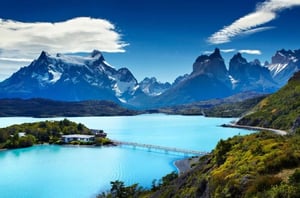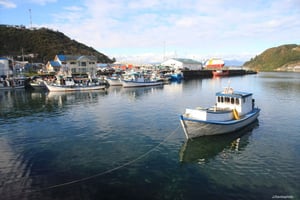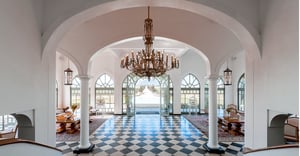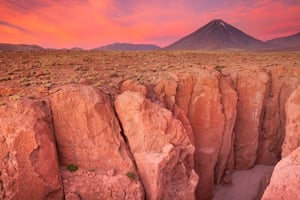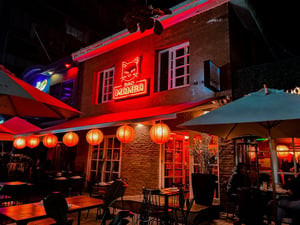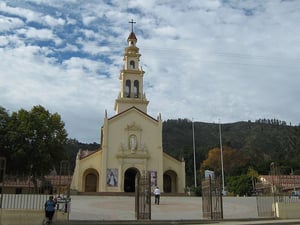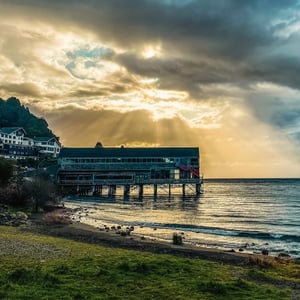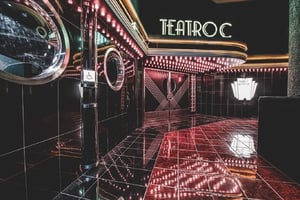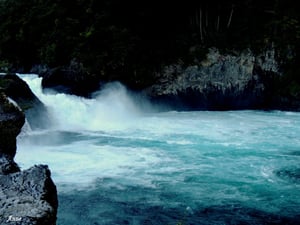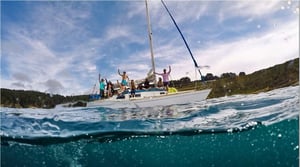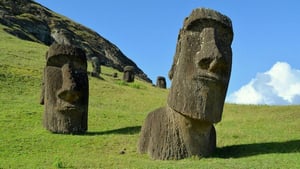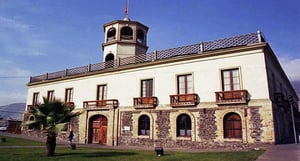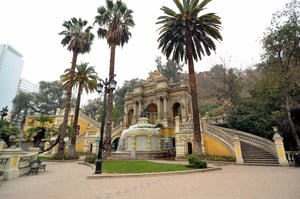Astroturismo in Chile: The best place in the world to observe the stars
Applauded worldwide, our Chile has the most pristine, clear and clean skies on the planet to observe the Cosmos, which provides the ideal conditions to contribute to science and decipher the mysteries of the universe.
Book Top Experiences and Tours in Chile:
If youʻre booking your trip to Chile last minute, we have you covered. Below are some of the top tours and experiences!- From Santiago: Highlights of Valparaiso and Viña del Mar
- Santiago: Markets Bike Tour
- Pucón: Villarrica Volcano Climb
- Santiago: 2-Day Hop-On Hop-Off Bus Ticket and Cable Car
- San Pedro Atacama: Baltinache Lagoons
SCIENTIFIC AND WORLDWIDE
In this way, today Chile has the largest and most important observatories worldwide, such as the Paranal Observatory, the ALMA Observatory radio telescope (Atacama Large Millimeter Array), and the next ELT (Extremely Large Telescope) that will make the Paranal the world's largest optical astronomical center. Motivated by an audience interested in learning and appreciating the mysteries of the Cosmos, the relevant organizations have stimulated the development and expansion of Astroturismo in Chile. Besides, an ethnic dose has been added, mixing astronomy with the vision of pre-Columbian communities.

For example, the Atacama proposes the Ethno-astrotourism or Archeo-Astronomy, which helps to understand the Andean cosmovision developed by the "Likan Antay" or Atacameños, allowing us to know the impact that the stars had on the entire structure of the life of the Andean peoples. In fact, many of the proposed programs are organized by Atacameño guides who are experts in the field. Also, many offer guided Astrophotography tours by experienced photographers and invite you to capture the most spectacular images of the Galaxy.
FREE ROUTE
The visits to the facilities of the Scientific Observatories are made during the day, are free, with limited quotas and reservation, so astrotourism in Chile is an attraction that must be planned for at least a month. One of the scientific centers that open their doors is The Paranal Observatory, located at 130kms. to the south of Antofagasta, which has the most advanced optical instruments in the world.
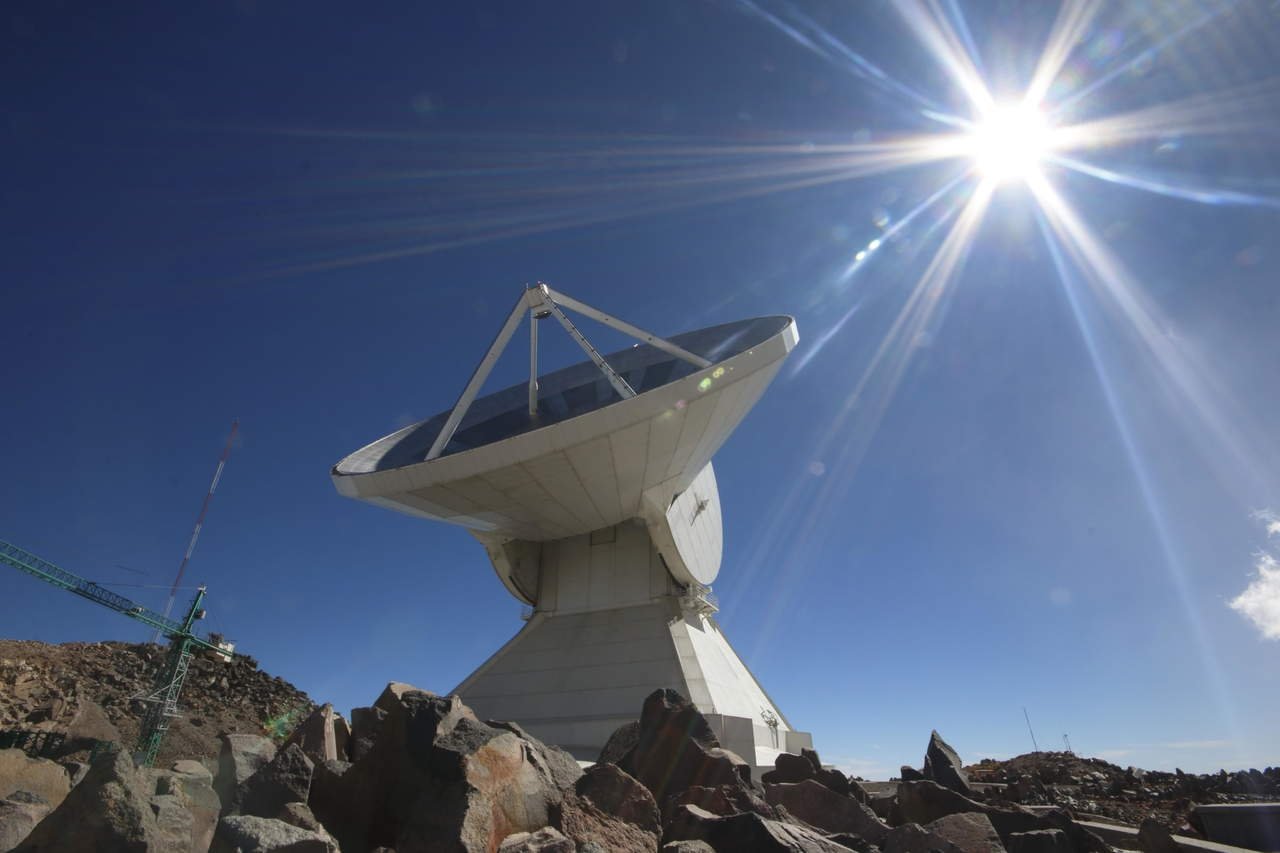
The ALMA Observatory is located towards the interior of San Pedro de Atacama at 5,000 meters. above sea level, for safety reasons the route only considers the control rooms and facilities where astronomers work and live.
In Coquimbo, called "Star Capital", we find Cerro Tololo, this Inter-American Observatory is located in the Elqui Valley. Nearby is the Gemini Observatory, which visits every Friday of the year. Almost on the edge of Atacama is the La Silla Observatory, whose visits take place every Saturday.
SPECIAL INTERESTS
If you want to enjoy a starry sky and learn about the milky way, the wide offer of Astroturismo in Chile invites experts and amateurs to a long and varied range of tours that offer everything from talks to horseback riding. With varied prices and modalities, they have in common the warm welcome and a didactic immersion in astronomy that precedes the open-air experience. We started the Astronomical route in the vicinity of Antofagasta with the Paniri Caur Observatory, located in Chiu Chiu towards the interior of Calama. Here astronomy is complemented by the archeology of the place. The tour considers an introductory talk, observation of classical and indigenous constellations, and work with a 14-inch telescope.
On the other hand, the Alarkapin Observatory is located in San Pedro de Atacama and offers different activities besides observation with telescopes, such as night walks and special talks for solstices and equinoxes. The Inca de Oro Observatory has located 100 km from Copiapó. The visits are made from Monday to Saturday beginning at 9:00 pm. and you can request in the surroundings of the area, group observation cavalcades.
HEAVENLY HEAVENS
To the northwest of Vicuña, in the middle of the unmistakable skies of the Elqui Valley, is the pioneer of Astroturismo: The Mamalluca Observatory. The tour in this colossus of astrotourism in Chile considers transfers, an introductory talk, observation with the naked eye, and with large and small telescopes. Under the same pristine sky is the Pangue Observatory that has the largest public telescope in the country, with 25 inches, the Cancana in Cochiguaz and the South Sky in Pisco del Elqui.
A little further away, 25 km. from La Serena is the Cerro Mayu Observatory. The Collowara Observatory is near Andacollo and is one of the most modern tourist research centers in the country. It has different telescopes, as well as conference rooms with audiovisual material. Likewise, different activities are carried out, such as thematic dinners and horseback riding in the sector. The Cruz del Sur Observatory, located south of La Serena, has four domes with telescopes between 12 and 16 inches, to observe the different areas of the sky.
OBSERVATION IN THE CAPITAL
Santiago does not stay out of the astrotourism route in Chile and has interesting initiatives to know the secrets that the stars hide, such as the Andean Astronomical Observatory. Located on the way to the ski centers of the Chilean capital, here are introductory lectures on astronomy, observation with binoculars, different types of telescopes, and a demonstration of astrophotography.

The National Astronomical Observatory, located in Cerro Calan, conducts guided tours from September to May, except February. Always, those weather conditions allow it. The Cajon del Maipo is home to the Roan Jasé Observatory, which conducts astronomical tours and day (solar) and night observation with telescopes of different sizes. The tour combines classical astronomy with elements of the Mapuche worldview. In the same sector is the Pailalen Astronomical Observatory, which offers tours that include talks, recognition of the night sky, and observation by telescopes. Also, they have a restaurant, cafeteria, and wine tasting.
EDUCATION WITH STARS
In the Aconcagua Valley, is the Pocuro Astronomical Observatory, which has the largest telescope in the region, donated by the University of Bochum and the La Silla Observatory. In the vicinity of San Vicente de, Tagua Tagua is located at the Tagua Tagua Astronomical Center that offers astronomical talks and observation with telescopes of different sizes, together with a tasting of local wines and gastronomic experiences. Finally, on the edge of Lake Lanalhue in southern Chile, we find the Yepun Astronomical Observatory, one of the southernmost in the country. Here astronomical observation sessions are held throughout the year, however, visits are always subject to weather conditions, so they are confirmed a week in advance. As we can see, astrotourism in Chile is positioned in the world as a unique experience and gives a boost to the so-called "Culture of the heavens", giving the possibility of approaching space and the infinite Cosmos.



